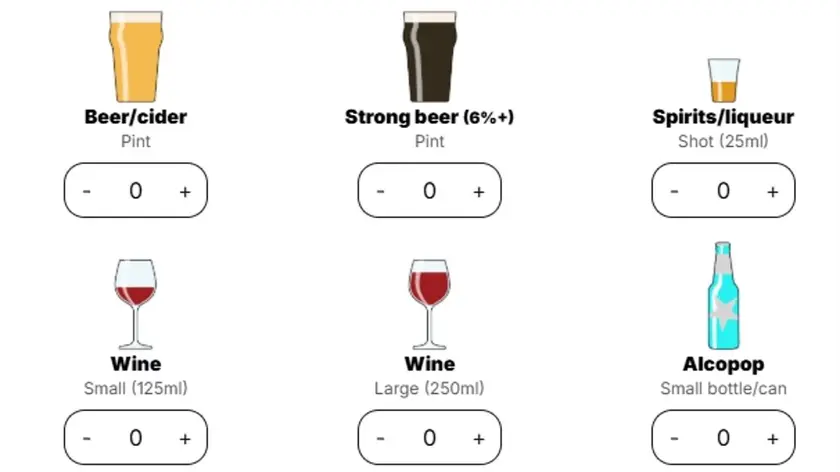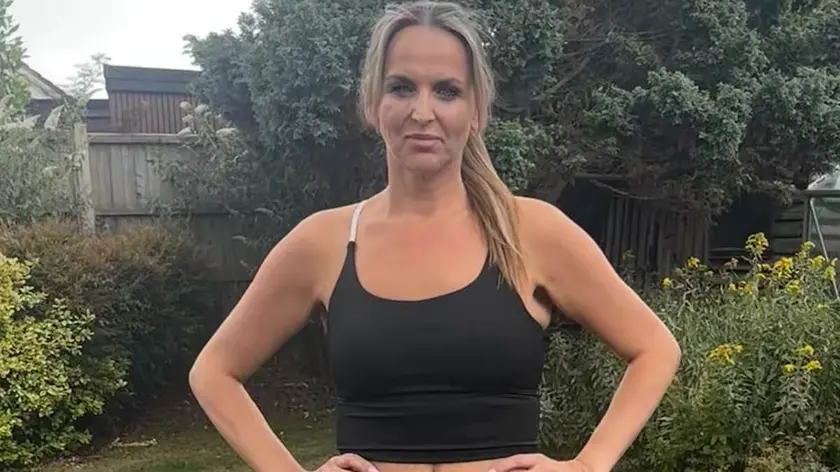T4K3.news
UK Alcohol Guidelines Face Scrutiny After Record Death Toll
The UK sees a record number of alcohol-related deaths last year, prompting a fresh look at guidelines and public health messaging.

A look at how UK drinking guidelines compare with rising alcohol-related harm and what it means for individuals and policy.
UK Alcohol Guidelines Face Scrutiny After Record Death Toll
Last year the UK recorded more than 10,000 deaths linked to heavy drinking, the highest toll on record. Hospital admissions for alcohol-related conditions exceed 320,000 annually, and experts say liver disease is a common outcome. While overall consumption has fallen since 2004, a minority still drinks in ways that raise serious health risks. A common tool in public health discourse is the NHS guideline of 14 units per week for both men and women, a target some say is misunderstood or treated as a hard ceiling.
The debate has two strands: how best to communicate risk and how to support people who want to cut back. Binge drinking (five or more units in two hours) remains a key danger, and high-intensity drinking (eight or more in one night) has drawn renewed attention. Researchers note that risk rises with every extra drink, but there is no guaranteed safe level of alcohol. Health officials also highlight that women may suffer higher risks at lower levels of consumption, underscoring the need for tailored guidance and support.
People worried about their intake are advised to consult a GP, who may order liver tests and consider mental health support if binge patterns coincide with anxiety or depression. The NHS guidance from 2016 remains, not as a hard limit but as a practical benchmark to reduce long-term harm.
Key Takeaways
"There's no such thing as a safe level of drinking."
Dame Sally Davies on the NHS guideline and risk
"Broadly speaking, the risk increases with each additional drink you consume."
John Holmes on how risk scales with intake
"Many people don’t realise how seriously harmful binge drinking is for your health."
Zaheen Ahmed on public awareness
"Moderate drinking is less dangerous for long term health than an hour of TV watching a day."
David Spiegelhalter on relative risk
The figures force a closer look at how public health messages travel through everyday life. The 14-unit guideline is simple, yet it is often treated as a definitive line rather than a flexible guideline that should adapt to individual risk. This gap between policy and perception helps explain why some people keep drinking above recommended levels without feeling immediate danger. At the same time, the linking of binge patterns to mental health signals a broader policy challenge: health services must address underlying issues like stress, poverty, and access to care, not just drink counts. As experts remind us, moderation is not a shield, and risk accumulates with continued consumption.
Highlights
- There is no magic number here
- The risk rises with each extra drink
- Binge drinking is a serious health issue
- Moderation is not a shield against harm
Drinking guidance evolves with science, not fashion.
Enjoyed this? Let your friends know!
Related News

UK road safety push tightens eye tests for older drivers and cuts drink-drive limit

Mounjaro shows promise in reducing alcohol cravings

Sturgeon memoir reshapes political landscape

Surge in nitazene overdoses raises alarms across Europe

Alcohol use falls to record low

British nationals sentenced for drug smuggling in Bali

Economic confidence reaches historic low amid tax worries

Martine McCutcheon declared bankrupt after divorce
